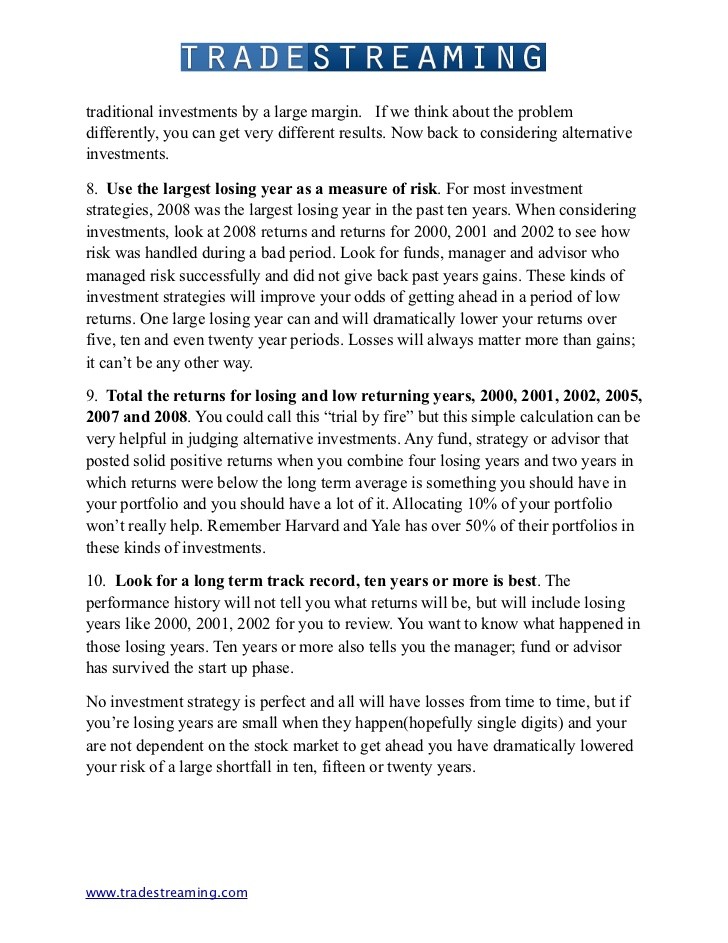What Wealthy Investors Know About Lowering Investment Risk
Post on: 20 Октябрь, 2015 No Comment

The popular image of a one percenter in America is the uber-connected Wall Street shark, a banker with few morals and no compunction about making money at the expense of others. even his own clients.
Those people exist, but the very wealthiest people in the country actually hail from a mix of economic sectors and professions, including retail, energy, media, sports, hotel management and real estate.
Some actively manage their affairs after having built businesses over decades. Others are heirs or second-generation owners.
You might think that these select few have access to every secret in the universe — the best hotels, private clubs, inside opportunities and experiences.
And they do, frankly. Being rich brings one all kinds of access.
What it doesnt bring in any way, shape or form is power over the markets. Unless they cheat or set up a monopoly — for good reason illegal pursuits — the rich have to invest pretty much the way the rest of us do, on the open markets.
The occasional IPO or corporate stock benefit might come their way, sure, but mostly they own bread-and-butter stocks and bonds like everyone else. Lowering investment risk matters to them.
Perhaps unsurprisingly, the richest have begun to figure out that nobody has a lock on what the market will do next. After decades of overpaying for advice that fails to deliver, many of them are looking for ways to keep up efficiently .
A recent survey published in Worth online. for instance, points out that 37% of high-net-worth individuals said that they have begun to adopt the investing principles of universities and pension funds. That number, reportedly, is a huge jump up from past survey results.
Passive investing offers the already-rich a steady return with less risk and, ultimately, lower costs. No more silk ties and crumpets served with tea at the financial advisors oak-paneled offices.
Somebody is paying for all those crumpets, and they figured out who: Investors themselves, in the form of fees.
The simple beauty of the endowment and pension fund method for lowering investment risk is that theres no heavy lifting: no stock-picking, no teams of analysts poring over spreadsheets looking of mispriced opportunities.
In fact, its just knowing the right mix of asset classes to create a proper level of risk and reward, then having the discipline to rebalance along the way. Volatility drops, returns smooth out and, crucially, fees fall to a fraction of typical active management costs.
Lowering investment risk matters
The fees are the problem. An active manager in a mutual fund will take, typically, anywhere from a third to half of a retirees gains over the decades of helping them reach retirement.
Its a fundamental flaw of the mutual fund industry. one that all investors should recognize.
Lowering investment risk is not about buying fixed income or putting money away in CDs or money markets. Its about finding a balance of risk and return in various asset classes at a cost thats appropriate and, above all, effective.














